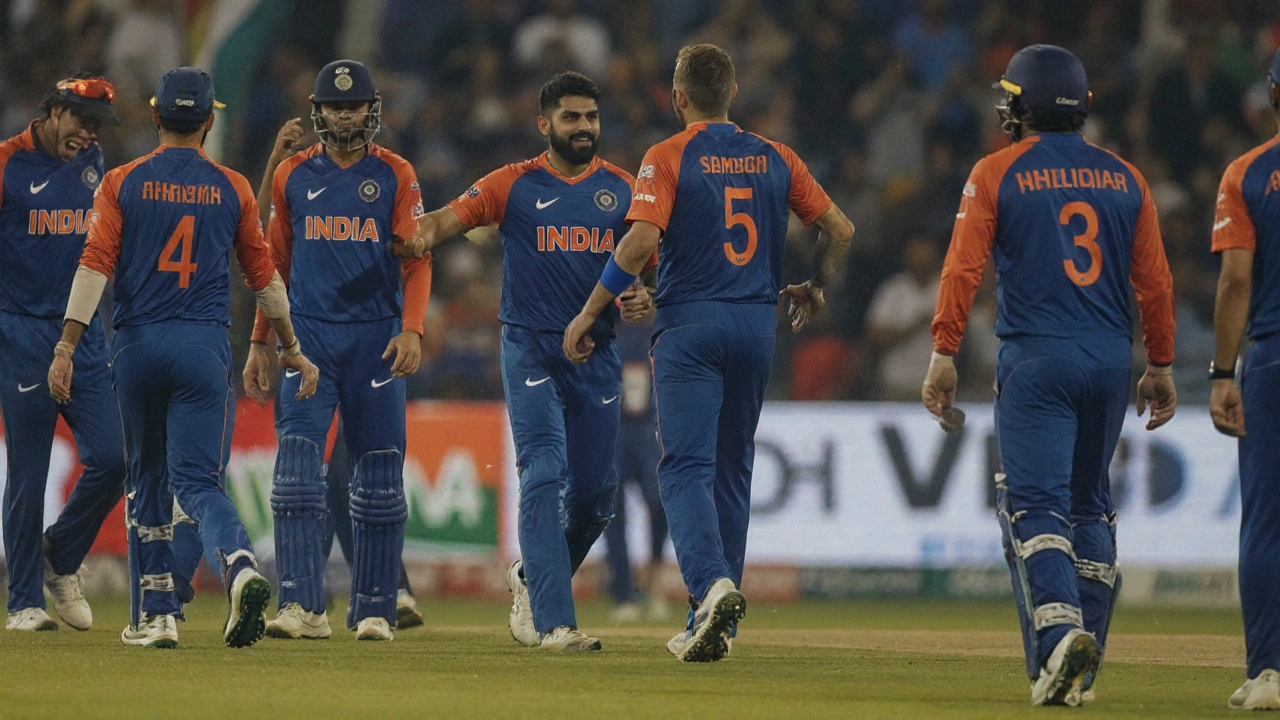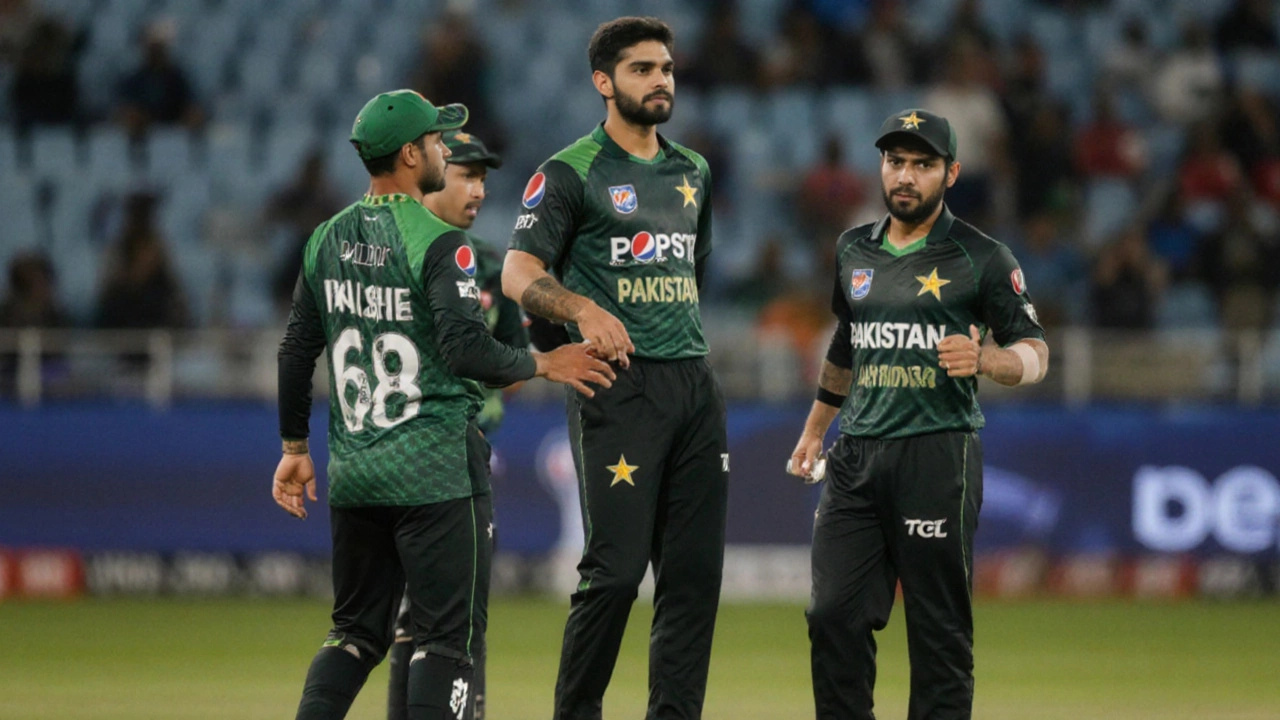
India’s Road to the Super Four Summit
From the opening match on September 9 to the decisive clash against Sri Lanka on September 26, the Men in Blue displayed a blend of firepower and composure rarely seen in a short‑window tournament. Under Suryakumar Yadav’s steady captaincy, India stormed through the first round of the Asia Cup 2025 with four victories, slotting themselves into the Super Four alongside Pakistan, Bangladesh and the host side Sri Lanka.
The first Super Four encounter, a high‑stakes showdown with Bangladesh on September 24, set the tone. After a cautious start, Abhishek Sharma exploded for 75, lifting the total to a competitive 168. While Yadav, Tilak Varma and Shivam Dube fell early, the middle order held firm, and India’s bowlers took charge of the chase.
Spin was the weapon of choice. Kuldeep Yadav’s three‑wicket haul proved decisive, ripping through Bangladesh’s lower order and forcing a collapse at 127 all out. Jasprit Bumrah and Varun Chakravarthy chipped in with two wickets each, cementing a 41‑run victory and guaranteeing India a place in the final.
The second Super Four match, against Sri Lanka, was essentially a rehearsal. With both teams already assured of their final positions, the game lacked stakes but offered a vital practice session. India scored 162, with contributions from veteran KL Rahul and young talent Rohan Mann. The bowlers, led again by Kuldeep, restricted Sri Lanka to 140, reinforcing the side’s confidence heading into the climax.

What the Final Against Pakistan Means
Pakistan’s journey mirrored India’s in intensity, though they stumbled once, losing a close contest to Bangladesh. Their resurgence came with a five‑wicket chase of 134 against Sri Lanka, powered by a disciplined bowling spell from Shaheen Shah Afridi, who claimed three wickets. Haris Rauf and all‑rounder Hussain Talat added two wickets each, sealing Pakistan’s second‑place finish with a net run rate of +0.329.
The looming final on September 28 will be more than a game; it’s a cultural event that captures the imagination of billions across the subcontinent. Both teams have shown depth in batting—India with Sharma, Yadav, Rahul, and Dube; Pakistan with Babar Azam, Iftikhar Ahmed, and the explosive Hazratullah Zazai. Bowling match‑ups are equally tantalising: India’s spin trio of Kuldeep, Varun, and Yuzvendra Chahal versus Pakistan’s pace spearhead Shaheen and the crafty left‑arm spinner Mohammad Hasnain.
Strategically, India may lean on its spin dominance, especially on the UAE’s slower tracks, while Pakistan could exploit the early morning moisture with their swing and seam attack. The mental edge belongs to a side that has never lost a Super Four match in this edition, but rivalry pressure often rewrites statistics.
Beyond the on‑field tactics, the final carries commercial weight. Television ratings in India and Pakistan are projected to eclipse 150 million viewers, while sponsors eye record‑breaking brand exposure. The UAE, hosting the tournament for the second consecutive time, has prepared fan zones, state‑of‑the‑art stadiums, and a robust security framework to ensure a seamless spectacle.
Regardless of the outcome, the Asia Cup final will add another chapter to one of cricket’s greatest stories. Fans can expect nail‑biting moments, sixes clearing the rope, and a finish that could go down to the last ball. As the world watches, the players know that every run, every wicket, and every catch will be etched into the annals of T20I history.